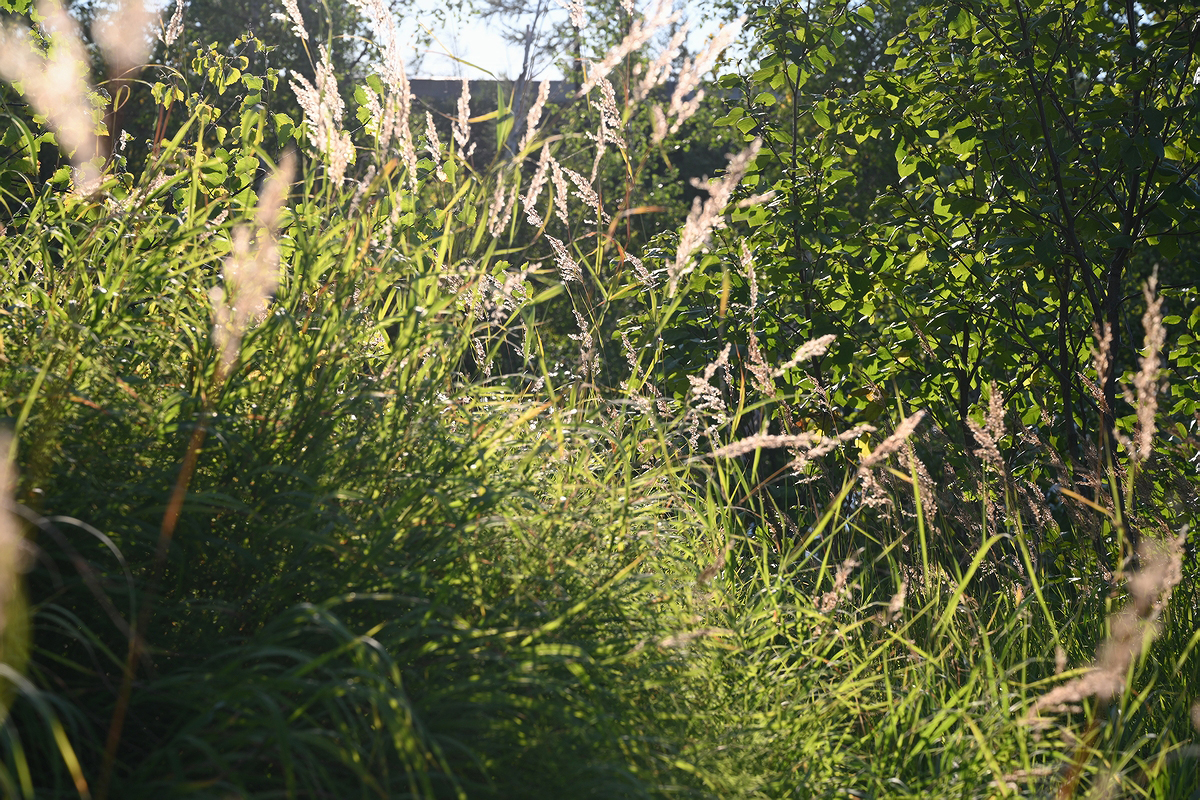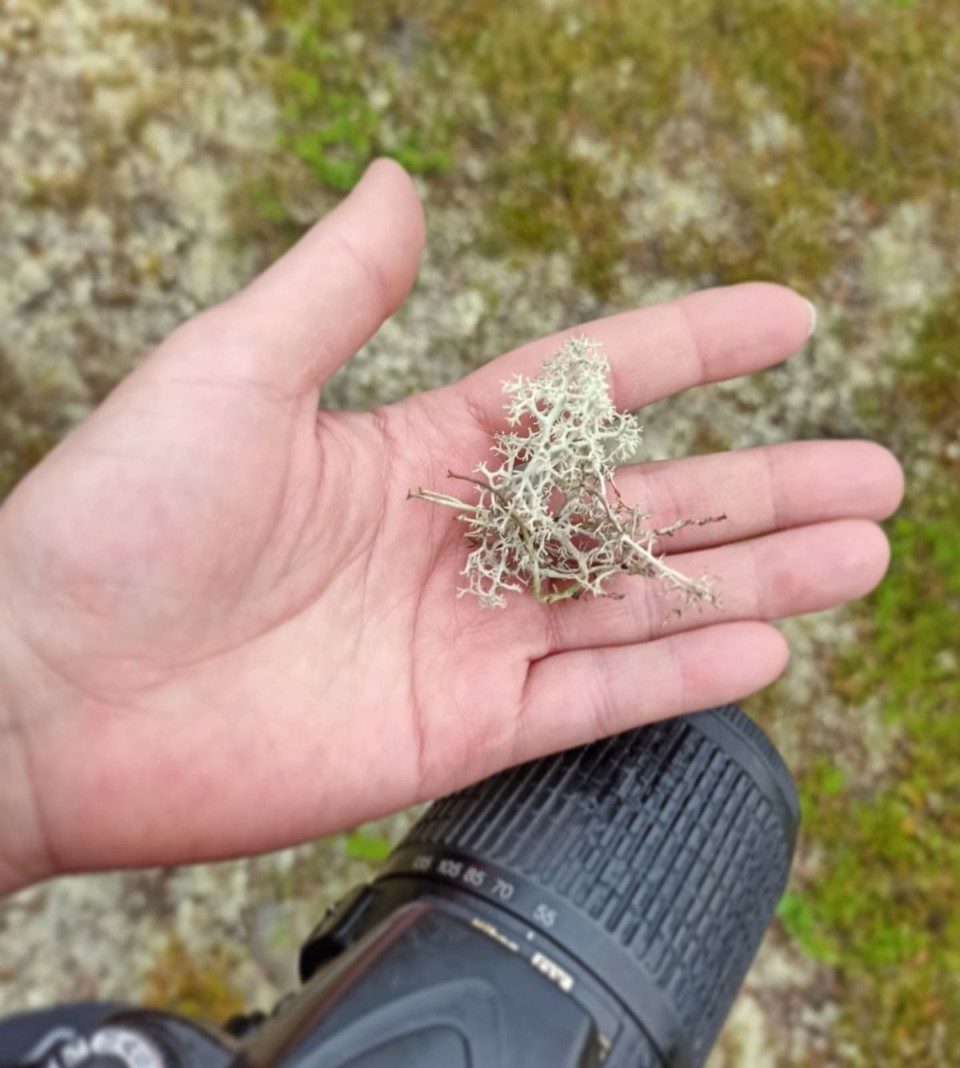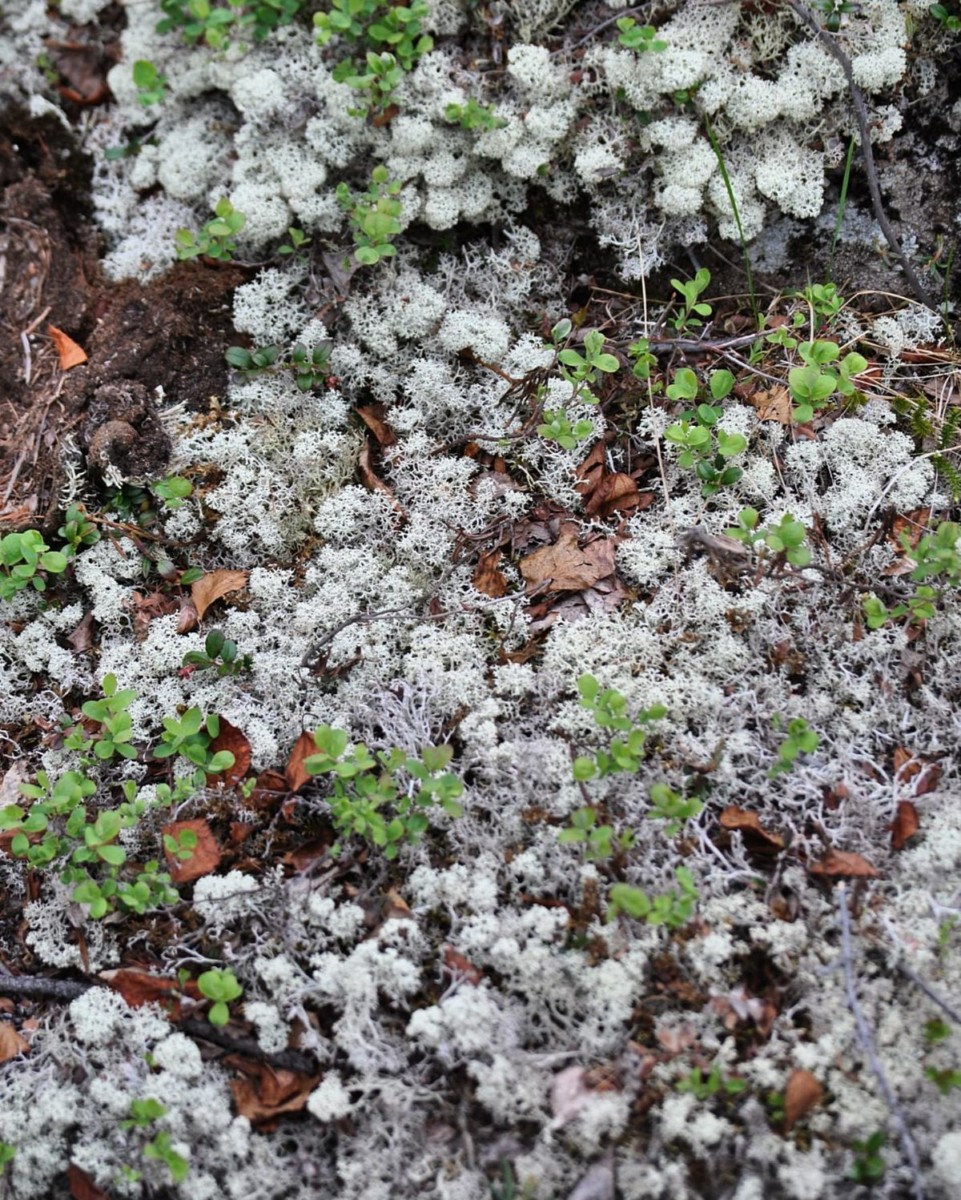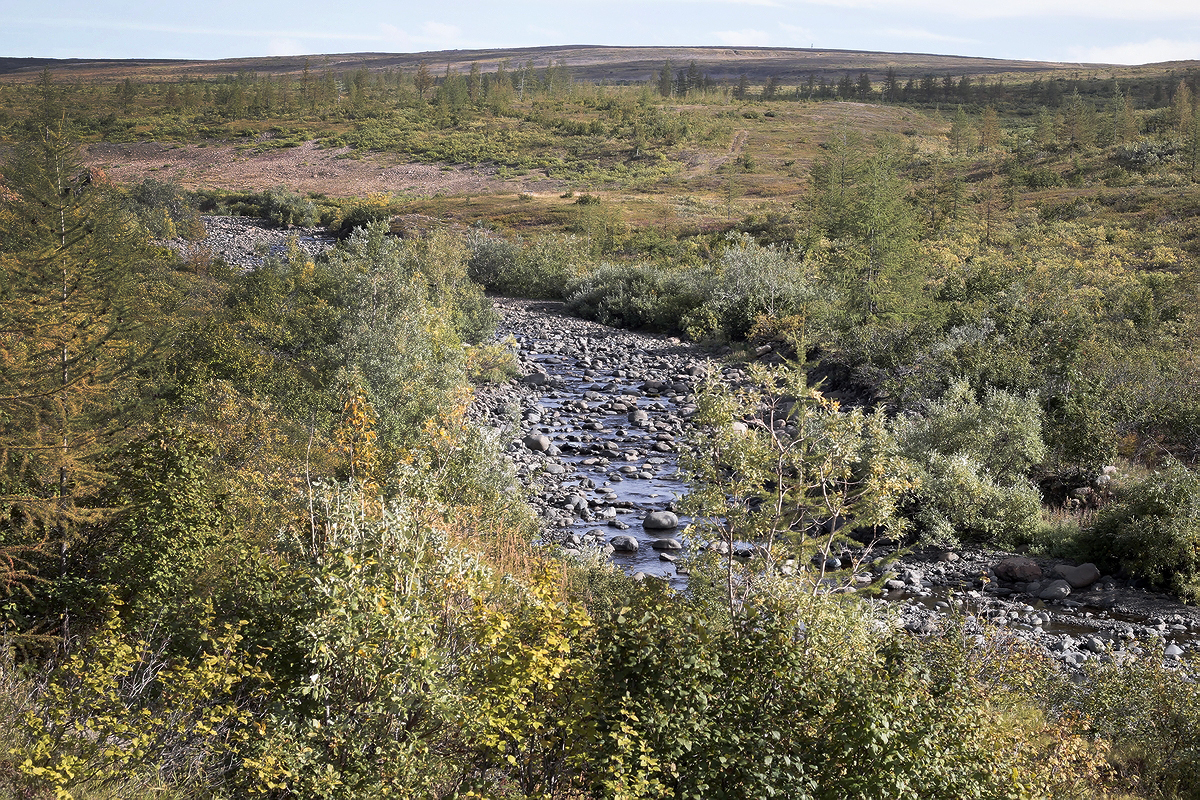#ARCTIC. #SIBERIA. THIS IS TAIMYR. Scientists from the Tomsk State University during the expedition discovered grass growing instead of reindeer moss and the off-season periods lengthening in the Arctic.
“The Tomsk State University employees within the Global Earth Changes: Climate, Ecology, Life Quality strategic project are studying the climate and the environment transformation in Siberia and the Arctic zone of the Russian Federation.
At the summer camps, fishermen and reindeer herders note that the Arctic has become green, grass has appeared. It serves as a partial replacement for reindeer moss, with which there have been tangible problems in recent years. They arose due to overgrazing, the reindeer moss in the tundra does not have time to recover, so the deer have to adapt to new food”, TASS quoted Olga Shaduiko, a member of the expedition, as saying.
Another observation of scientists was the lengthening of the off-season periods. According to them, earlier spring and autumn were very short: summer and winter were separated by only a few days. Now these periods are pronounced, which creates additional difficulties for reindeer herders:
“In the spring, when reindeer are driven from their wintering grounds to summer pastures, due to early warming, it is necessary to overcome thawed water barriers. If the calving of females begins on the way before reaching the pasture, newborn calves death rate increases. In addition, those animals that cannot move quickly are hunted by predators, primarily arctic foxes”.
The locals, with whom the scientists spoke, also noted other climate changes – a decrease in the water level in the rivers, lack of fish. Scientists intend to continue observing the Arctic territory in order to build models of climate change.
The expedition was organized jointly with scientists from the Severodvinsk branch of the Lomonosov Northern Arctic Federal University and scientists from the National Medical Research Center for Rehabilitation and Balneology of the Russian Health Ministry. The study was supported within the Priority 2030 program implemented by the Tomsk university.
Earlier, This Is Taimyr wrote about new discoveries in the Arctic. The Arctic is warming faster than other parts of the planet. Warming causes the expansion of southern flora and fauna species to the North: for example, the spotted woodpecker was recently noticed in the Arctic for the first time. Scientists explained how the Arctic becomes a global warming hotspot and why the tundra in Taimyr is turning brown.
Follow us on Telegram, VKontakte.
Text: Angelica Stepanova and Ekaterina Maksimova, Photo: Nikolay Shchipko and Olga Polyanskaya







